As an engineer, I hate few things more than wasted time. If I can do something as well or better in half or a quarter of the time — especially if that something is a mindless task that I don’t enjoy — then I’ll pay quite a bit to make that happen. Here’s the thing, though: If you’re a mechanic used to using hand tools, you can save a shit ton of time without even spending $50. That’s the beauty of the impact driver, a tool you simply cannot afford not to have as a mechanic.
When I first learned to work on cars, I was 18 years old, and I’d just purchased a $1400 1992 Jeep Cherokee XJ with 225,000 miles on its odometer. The thing leaked oil, it had a seized brake caliper, there was lots of rust, and pretty much everything needed to be repaired in some fashion. I drove to a neighboring college, where Jake (the brilliant mind behind Out Motorsports) taught me some of the ropes, and after a quick Walmart run, I had myself a basic Stanley tool set.
Something like this:

You can see there’s a screwdriver in that set that comes with a little quarter-inch drive that fits an adapter, which itself fits various bits — torx, flathead, philips head, etc. This is what I used when working on my cars, though eventually I bought a dedicated screwdriver since the adapter in the set above is a bit thick for tight holes.
For years, I undid every screw and small bolt in my car using my right wrist. Interior door panels? Twist of the wrist. 11mm valve cover bolts? Twist of the wrist. That tiny sheetmetal screw holding my fuel filter to the unibody rail? Wristicuffs.
Even years later, after I moved to Detroit, bought a bunch of car projects, and yanked all sorts of parts from my local junkyard pretty much daily: I used a handheld screwdriver. Then a reader and friend named Jamie — owner of a 300,000 mile Mazda MPV — gave me a gift that truly changed my life.
Walmart was having some kind of special on its impact drivers, so he picked up a pair for cheap and gave me one:
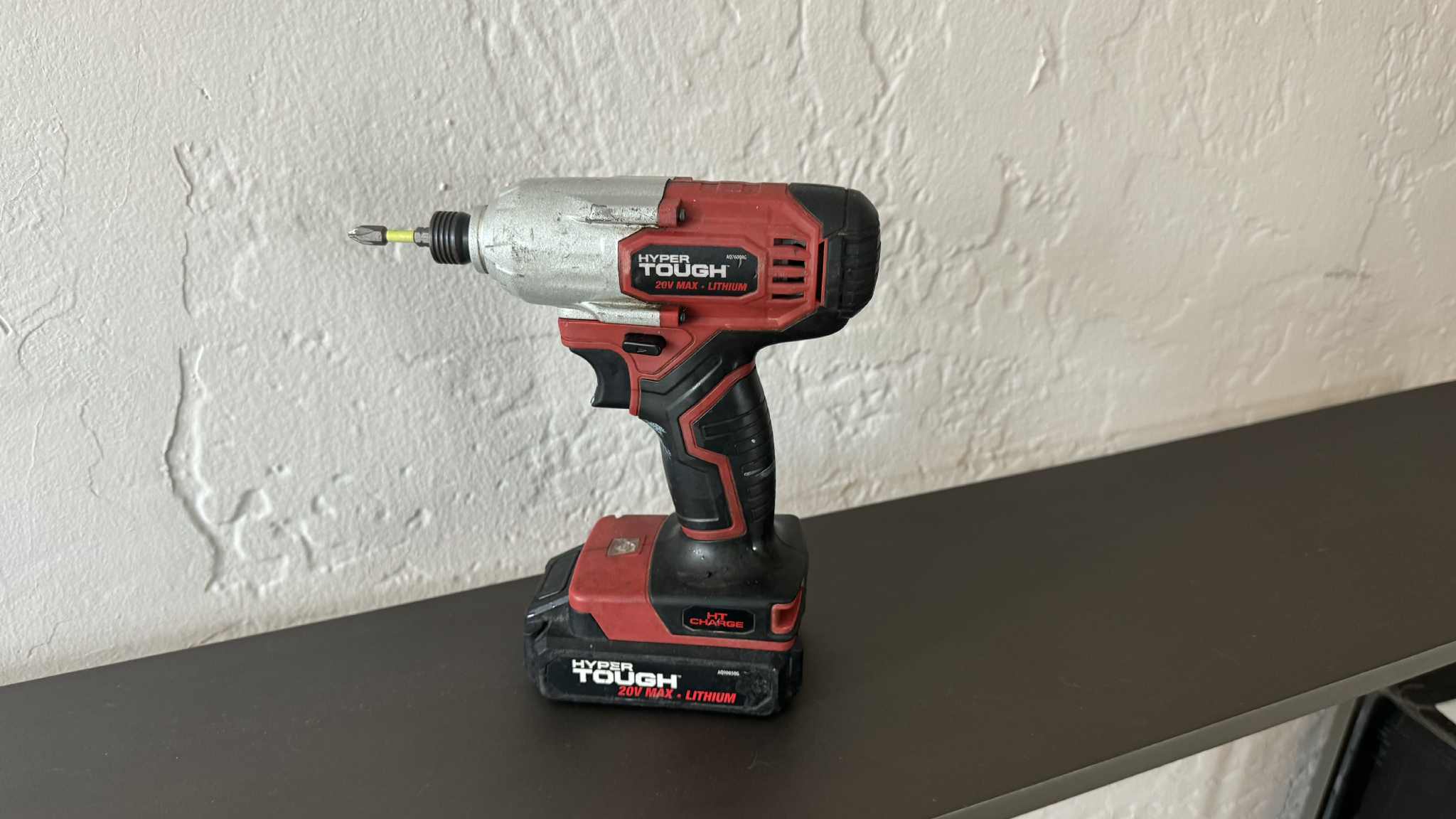
Upon using my new gift, I couldn’t help but place my forehead into my palm and sigh: My God, I wasted so, so, so much of my life using a handheld screwdriver. Spinning each thread out of whatever I was unscrewing — first the initial ones that release the tension holding the parts together, then the next thread, then the next, then the next — and doing it for probably thousands of screws over the years had been completely pointless. I probably lost days of my life just undoing screws, and all because — for whatever reason — I didn’t think to buy an impact driver.
Don’t be like young-me. Go to the store and just buy one. This shed I just put together has tons of awful reviews which said they spent days trying to erect it, almost certainly with a handheld screwdriver:
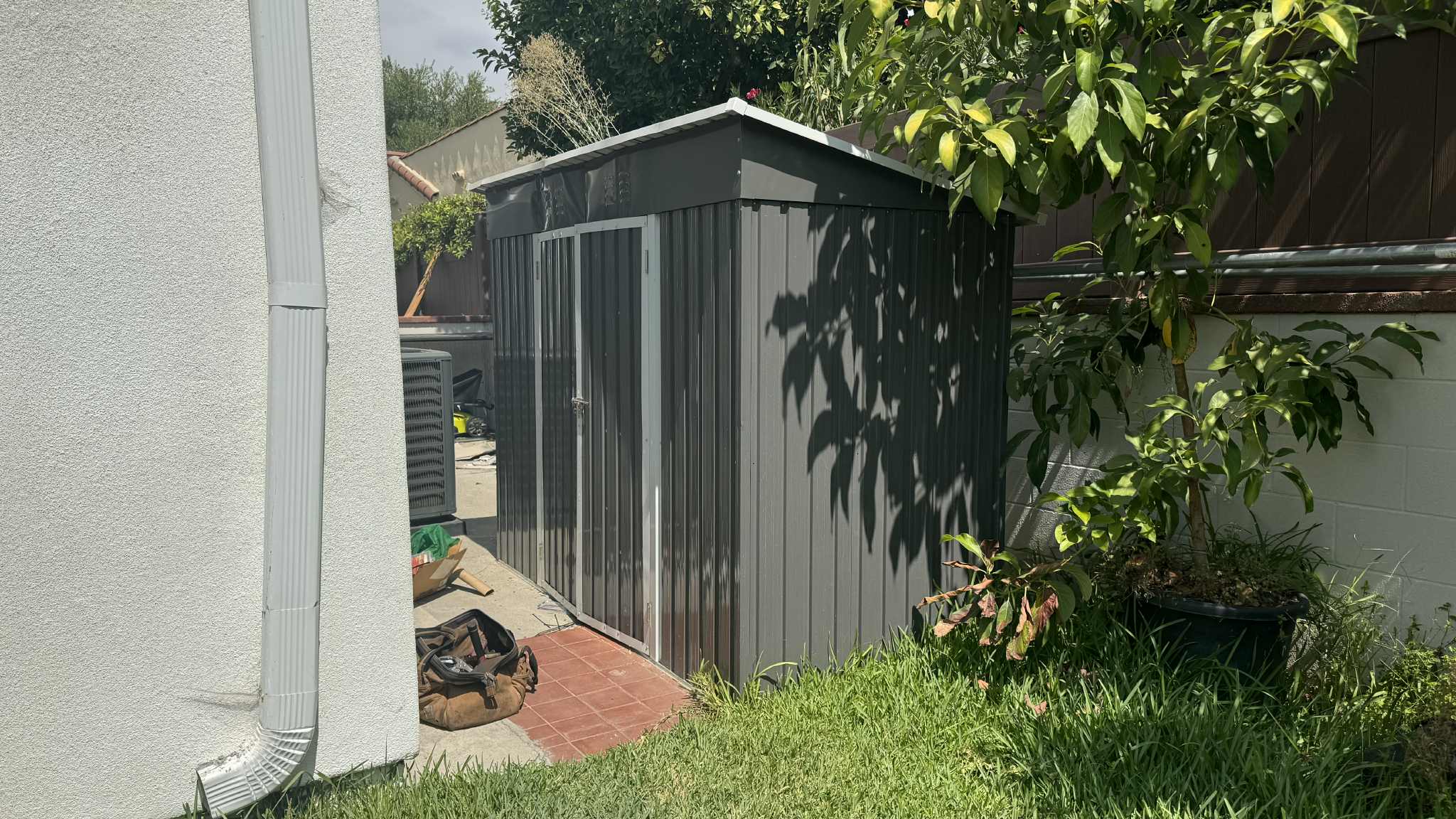
By the way, this shed is freaking incredible, and the candy-asses who paid far-too-little for such a big shed, and are complaining about how thin-gauge the metal is, need to wake up. The fact that this giant shed was flat-packed into a single box, and offers so much stiffness despite the thin gauge of steel — honestly, it’s a marvel of engineering. Somewhere in China, an engineer is reading those reviews, with a tear dribbling down their cheek, wondering what else these ungrateful customers could possibly have wanted.
I, meanwhile, with impact driver in hand, was not at all deterred by the brilliant design’s main compromise of requiring quite a bit of assembly, writing in my review:
I totally get why people gave this shed one star; it’s frustrating to build! But here’s the thing: You bought a dirt-cheap shed, not a high-quality blow-molded plastic one. In order for the manufacturer to keep the price down, they necessarily had to build a structure out of incredibly thin steel that 1. Could be flat-packed into a single box and 2. Could be configured into a shape that allows the thin material to have significant stiffness.
That’s the thing here: If you want something cheap, you have to reduce material cost, and the best way to do that is to rely on clever geometry to give thin-gage material stiffness. And so that’s what you get: Lots of really thin pieces of metal in a single box. As such, you’ve got to screw all that thin metal together into a big shed. It’s a lot of work.
But in the end, you have a shed. A decent shed for the price, actually.
Shed reviews. The Autopian has it all! Anyway, here’s a cheap Harbor Freight impact driver for $40:
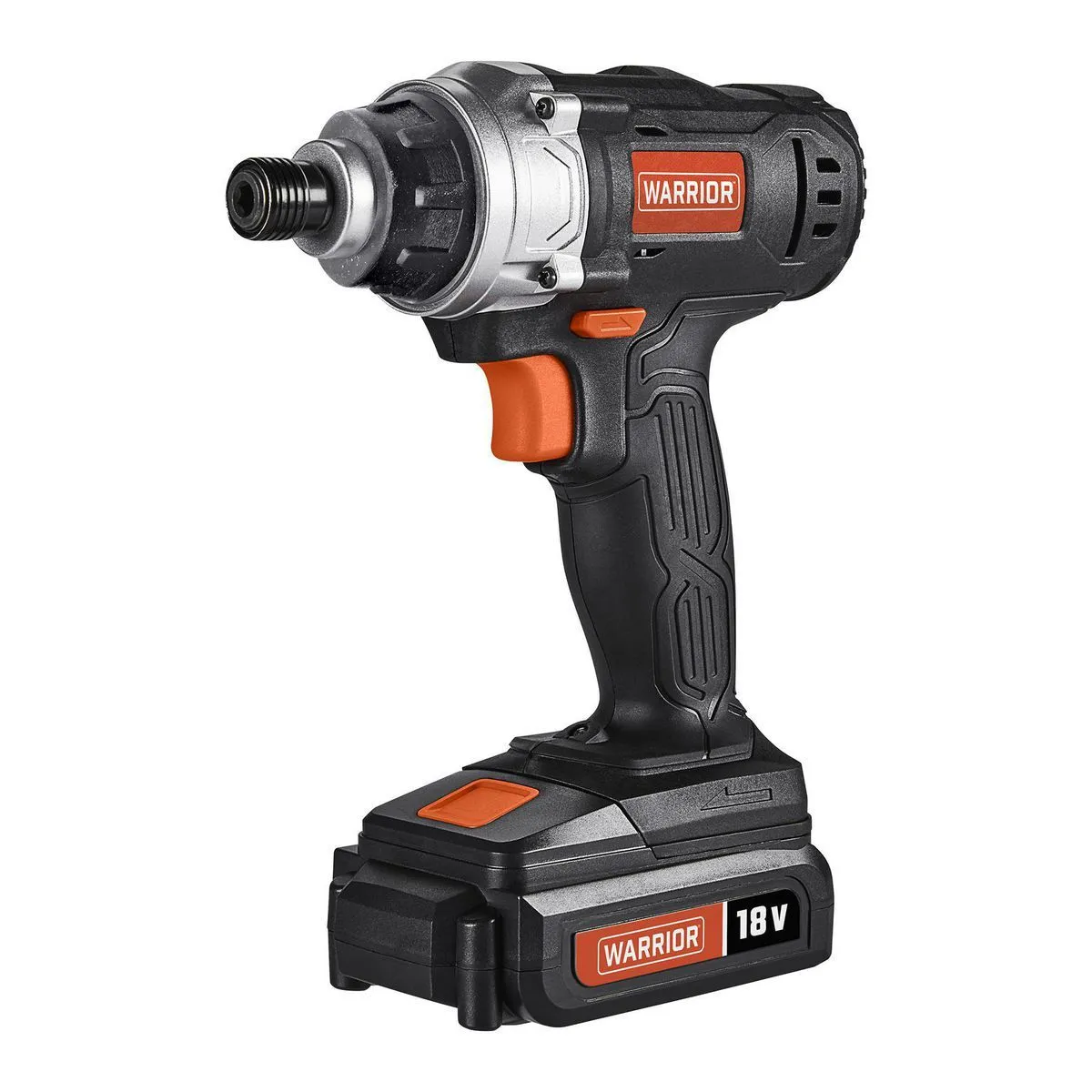
You have to get the socket bits, like this set I own from Ryobi:
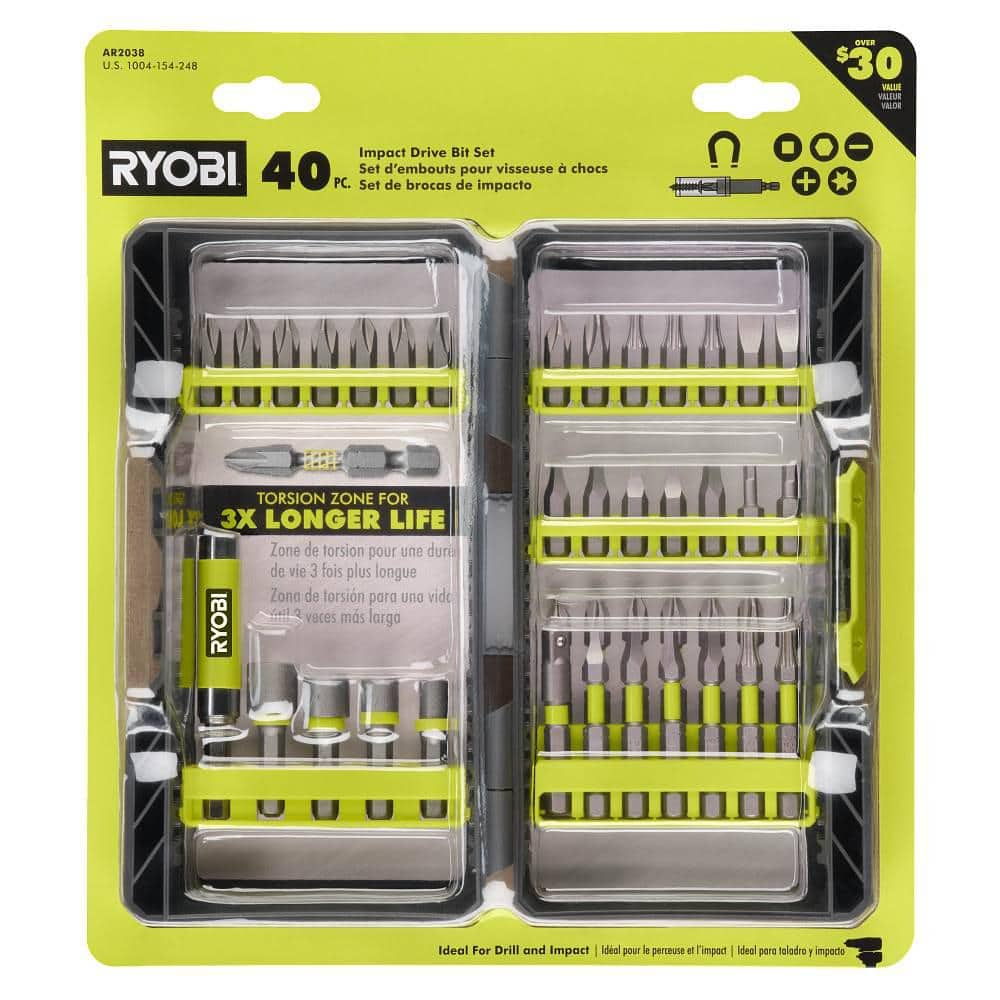
And the socket adapters are clutch for low-torque 10mms bolts and such:
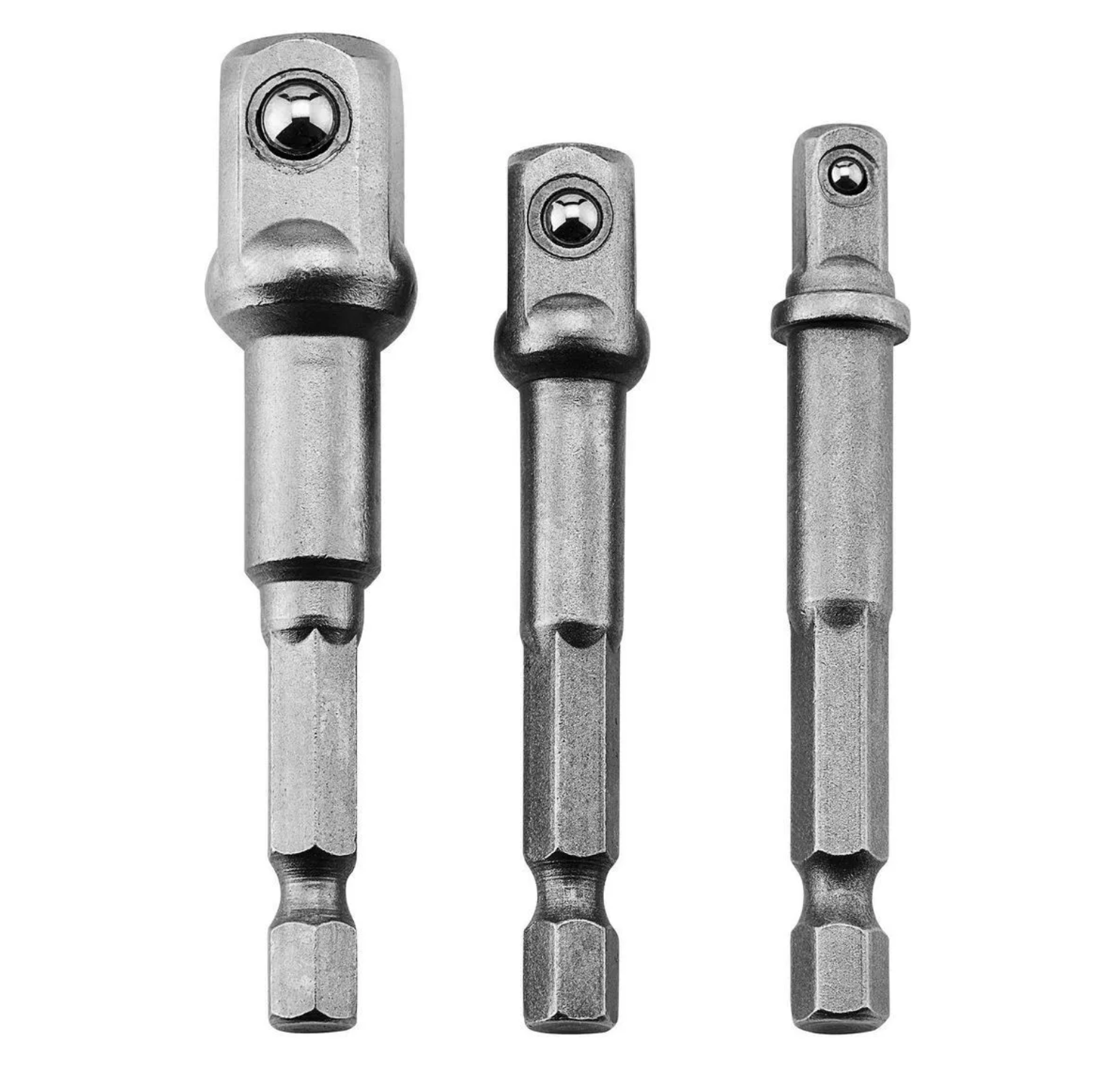
Just trust me on this one. You have other things to do other than twist a handle in a freezing cold junkyard.
Top photo: The Autopian





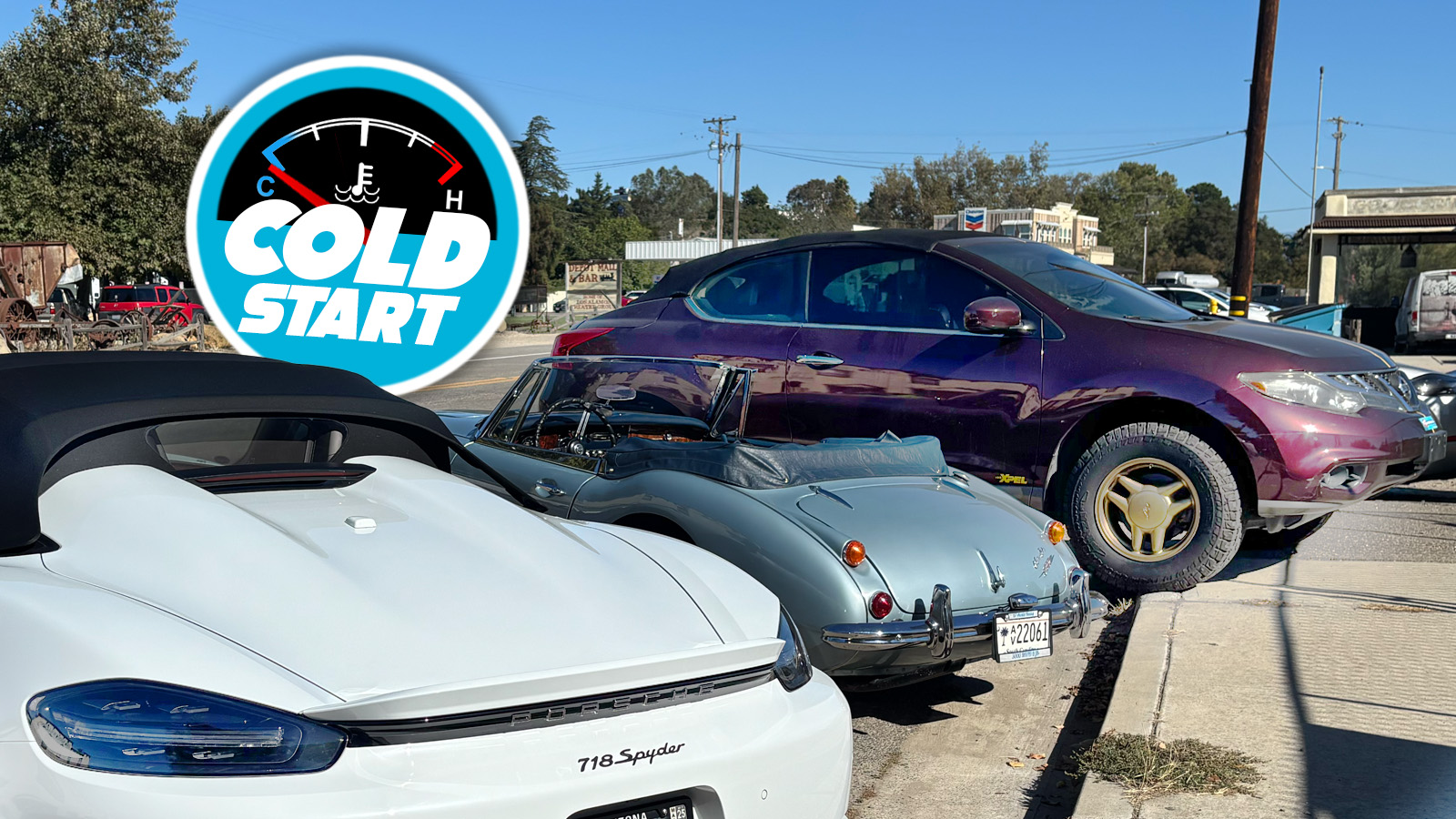
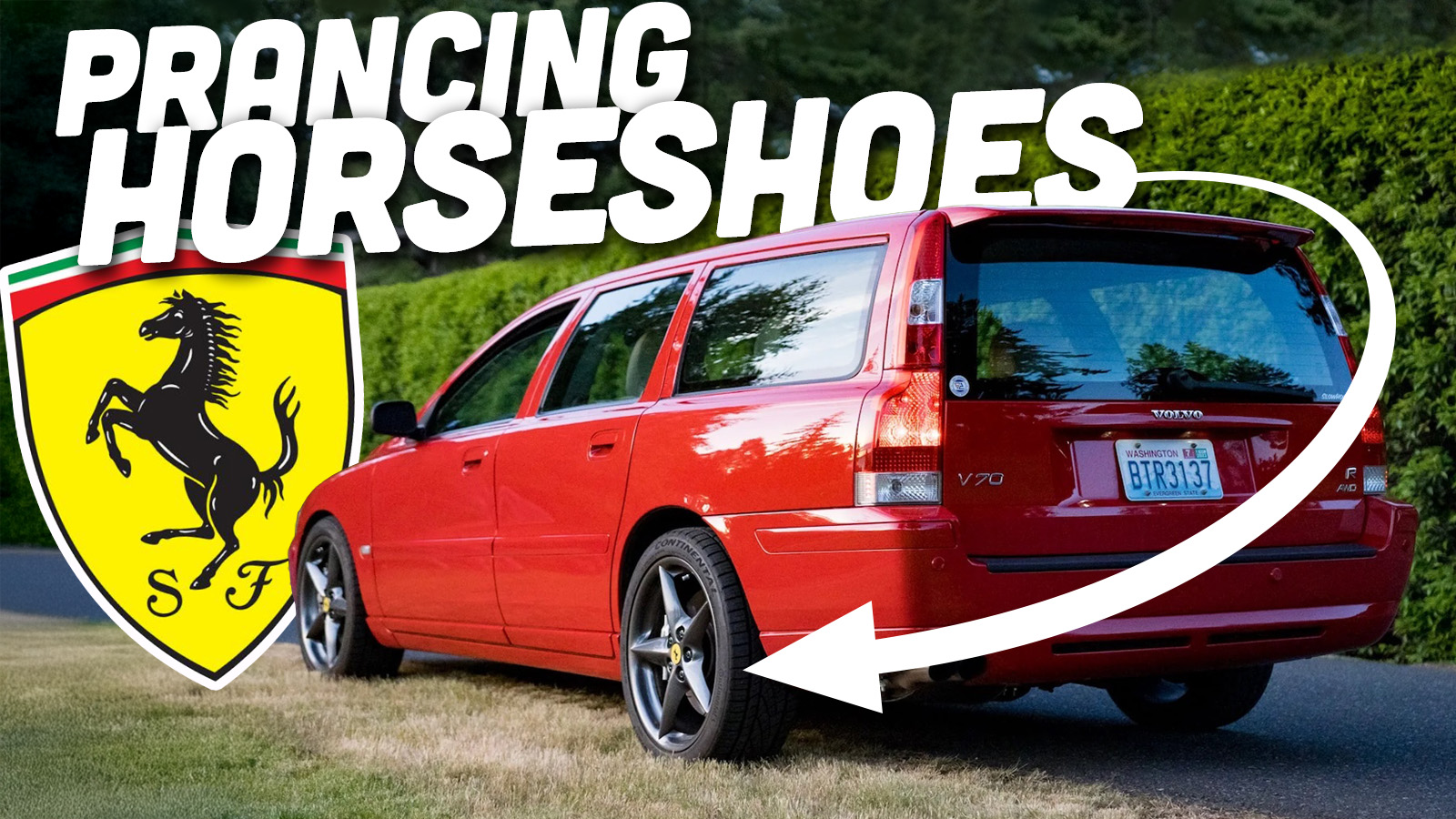
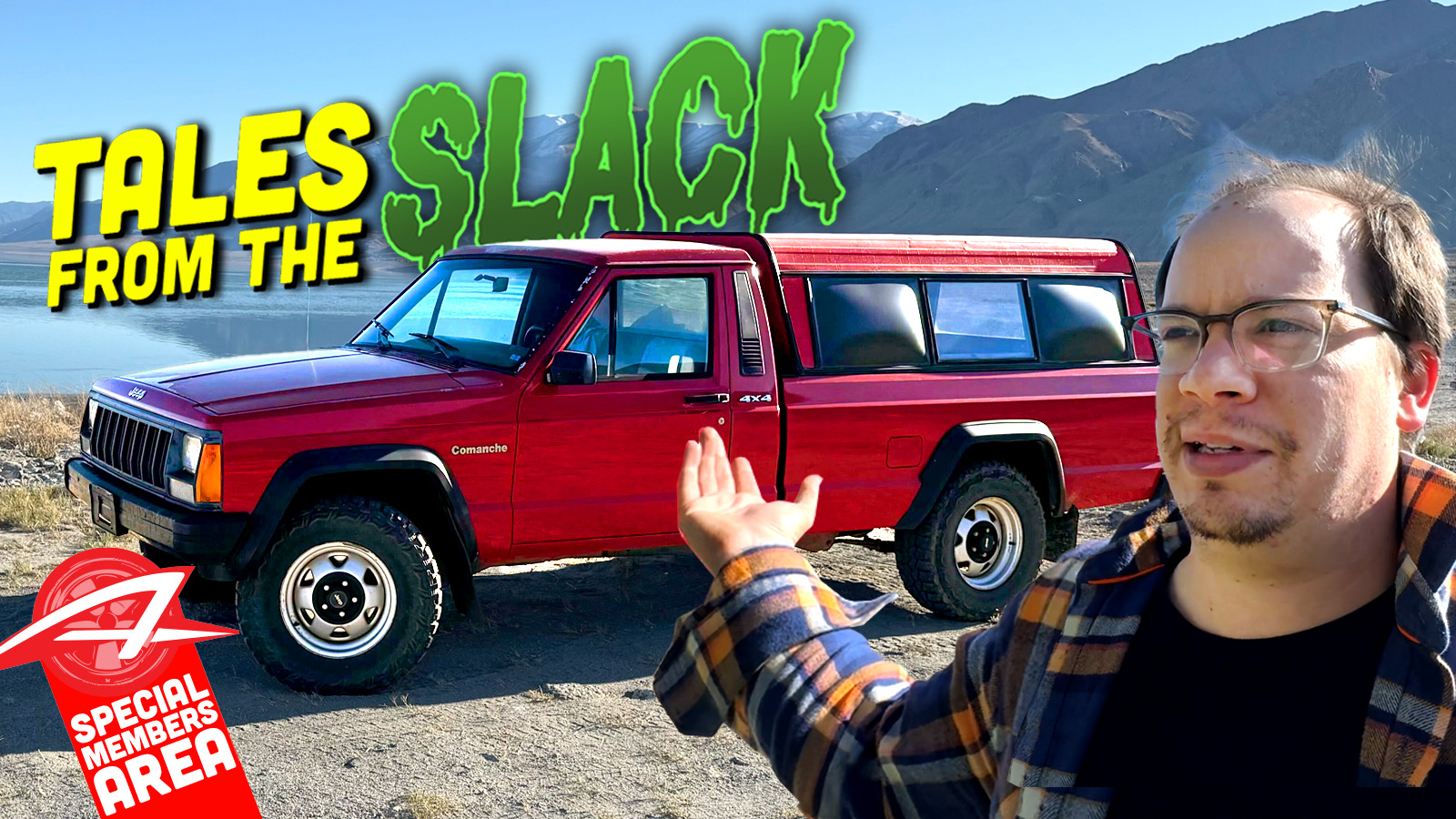
Wait until you learn about electric ratchets. That 90 degree head is super useful when you can’t get your impact to fit.
I started out with one as a heavy diesel mechanic and graduated to 3/8” impact. That is my daily workhorse. Wait until he discovers electric ratchets!
Impact wrenches will handle a fastener on a part that moves, like a car wheel that’s been jacked off the ground. Your lug wrench is just going to turn the whole wheel, but an impact will do the lug nuts easy-peasy.
This comes in handy in more situations than you’d think.
And it’s your best bet for stuck or rusted fasteners.
I just finished building a 200 linear foot cedar picket privacy fence. My Milwaukee impact drove at least 1500 2.5″ deck screws, 8 hours a day, for 2 days, and didn’t even sweat. I did burn through batteries at an alarming rate, but they charge so fast it was never an issue.
I got this confused with hammer drills. I could’ve sworn they were the same thing.
(FWIW, I first encountered a hammer drill in Bavaria, visiting a cousin who wanted to hang a picture on an interior wall. She did, after a producing bit of dust and a lot of noise.)
I was living in a small apartment in Brooklyn when I received a Makita LXT impact driver for Christmas from my father-in-law. I was gracious and said thank you so much, but inside I was thinking I have no space for tools. It sat, unused for a year, until I moved to NJ, had a little more space and decided to buy my first motorcycle. After the first outrageously overpriced dealer service visit ($300 for oil change and tappet adjustment on a $5k bike), I decided that I was going to do my own basic maintenance. My first oil change, trying to remove the over torqued drain plug manually, I remembered that gift. I still get a grin on my face remembering how effortlessly that drain plug came off.
Fast forward a few years, and I’m wrenching in earnest. Multiple motorcycles, wife’s car, my car, lawn mower, boiler, you name it. I had made this kind of work out to be much harder than it actually is. With good tools, positive attitude, and a whole lot of leaning on others expertise, I’ve discovered that I too can wrench.
There’s no overstating the impact.
Oof, this hits close to home. I too was crazy late to the impact game.
I borrowed a high torque cordless impact when I had to pull an f150 front clip at the junkyard. I was blown away by its capability. I could hear angels singing as I effortlessly pulled that first crusty bolt.
I immediately bought one of my own after that. A high torque and low torque Milwaukee impact. They’re saved me untold hours of time and frustration as I wrench on things.
So true. I have cordless drills for years that I tired using as impacts. lol
I barrowed my co-workers 1/2″ Milwaukee impact one day when I had to put a pare tire on my truck. I was blown away with how powerful it was. Went and bought one the same day. hahaa.. I love it!!!
Those tools are surprisingly powerful too. I was using 9.6 V drivers as a Makita technician in the 90s but didn’t have my own until 2020. I was doing major work on my truck and bought a 20V Craftsman on sale at Lowe’s. Even with only one battery it was a life saver, and had enough oomph for some lug nuts. I have gone upscale and have a Makita impact and a Makita power ratchet. Someday I may get a 1/2″ drive Makita and retire my 40 year old electric impact I use for tires
I don’t know about the impact part, but cordless screwdrivers/drills have made my life so much easier over the years. It all started building a wooden fence at a new house in Sacramento.
I’ve never needed the impact function and not sure what that capability would have added in my usage. Most of my bits got pretty rusty sitting in the garage during my SE Texas, but they still worked. Most of the work I did there was pulling loose nails out of wood fences and replacing them with screws. Oh, and messing around with pool pump and filtration equipment. Those cordless tools were a Godsend in those circumstances, as well.
Now, I live in a condo with very few projects and have a car that never needs (so far!) anything major done to it. I loved the universality of 10 mm nuts and bolts back when I had cars that did. I dropped a few 10 mm sockets but managed to find them all. They were all cheap and when they started getting rounded off, I just threw them in the garbage and bought new, cheap ones.
I inherited a massive torque wrench from my father, who used to do some of his own wrenching on a Kenworth. I knew how to use it. But it has also gotten rusty, and I don’t know if I would trust it. Its highest calling now would probably be going counterclockwise as a breaker bar. If I ever needed one. Which I probably won’t.